730 climbers on Everest permit in this season
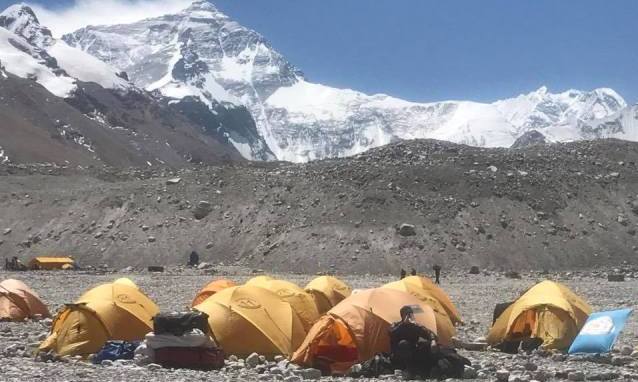
As we enter mid April, the activity is increasing on both sides of Everest. This past week the Nepal side saw a huge influx of teams and on the Tibet side, the beginning of what could be a record year began.
Update – Record Nepal Everest Climbers
The Nepal Ministry of Tourism is reporting that 365 foreigners from 39 teams have already received permits for Everest and healthy activity on many other peaks. My sincere thanks to Rajan Pokhrel for this chart.
Note that Everest and Lhotse are both up from last year. Dhaulagiri also has a large number of climbers at 51 and Makalu has 43.
Remember that these are permits for foreigners and does not include Sherpas. As I have been reporting there are at least one Sherpa for each foreigner so there will be at least 730 climbers on Everest plus another ~200 on Lhotse, which shares 90% of the same route with Everest. This puts the traffic on the Khumbu Icefall and Lhotse Face close to 1,000 climbers and there are more permits to be issued.
I wrote back in February:
I am expecting over 600 summits from the South (Nepal) side and well over 200 from the North (Tibet) totaling 800 from both sides, smashing the record set in 2013 with 658 total summits from both sides. In 2016, 641 climbers made the summit from both sides.
This is looking to be more true everyday.
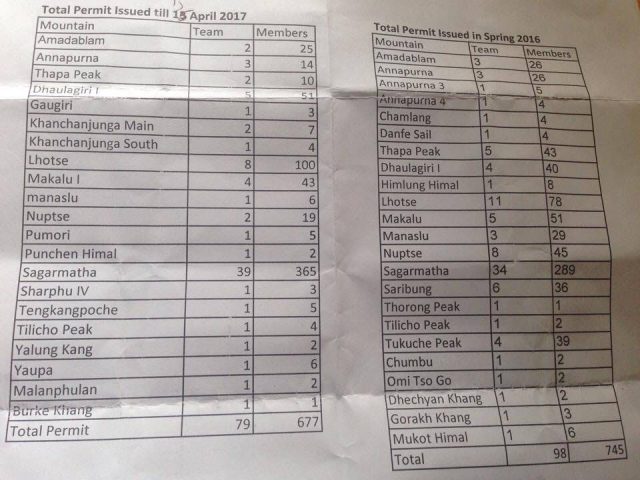
Changes in the Making
I am noticing more and more people arriving in Lhasa or Kathmandu in mid April instead of late March. Some of these climbers are using altitude tents to “pre-acclimatize” thus feel they can fly or drive almost directly to base camp skipping the acclimatization process others use to safely arrive at 17,000 feet.
Others have experienced a delay in fixing the ropes in recent years, so it was wasted time to arrive at base camp only to sit for three weeks. This has been most prevalent on the north side. Case in point, Alexander Abramov’s 7 Summits Club, just arrived in Lhasa, 15 April. Alex has one of the largest and most experienced team on the north year in, year out.
I will continue to note the use of altitude tents for pre-acclimatization. It has caught on and has become the standard part of a couple of team’s required process. Those who use the technique are believers, others are skeptics and some dismiss it as a dangerous marketing tool.
Of note is that those companies that heavily promote the use of altitude tents also give their clients an enormous amount of supplemental oxygen. One team will run their clients at 8 liters per minute next year!! The long standard has been to climb at 2 lpm and the more expensive outfits climb at 4 lpm.
After this season, I’ll do another deep dive in this updating my article I published in 2014 where I interviewed the CEO of the leading US company and Dr. Peter Hackett, the leading expert on high altitude physiology.
Weekly Headlines
Overall, the season is going well, but it is very early. The ice serac fall in the Icefall last week created a short delay, with no injuries, but traffic is back to normal now.
The weather has been good for early April but yesterday and today, Everest Base Camp is socked in with low clouds and a bit of snow, not unusual at all.
The headlines include Puja ceremonies, training at base camp, teams finally cleared to enter China and most importantly, the first loads were carried into the Western Cwm by the Sherpas to establish Camps 1 and 2. You can see where the teams that report are located on the Tracking Table.
With this, let’s take a deeper look at the action on both sides from this past week.
Southeast Ridge Route from Nepal
Ben Jones, leader for Alpine Ascents (AAI) always does a nice job of documenting their experience, posted a bit about training for the Icefall:
We have started in slowly to help our bodies acclimatize, so it felt good to get moving around a bit today practicing walking on ladders near camp. It’s always a little awkward walking on ladders with crampons but the team picked it up pretty quick. It’s baby steps when learning to walk on ladders so we start flat on the ground without crampons and gradually progress to elevated ladders with a bit more consequence. Our team came prepared though and ready for some of the new challenges you just don’t find on very many other climbs.
You may recall that one of the biggest changes to climbing Everest from Nepal, perhaps ever, has been the approval to use helicopters to fly gear (not people) to Camp 2 in the Western Cwm. According to Russell Brice this will eliminate many Sherpa loads. He recently told me in an interview:
We as the EOA have been asking the MoT for permission to fly all the rope fixing gear to C1 so as to avoid 78 Sherpa loads through the Icefall for several years. Last year we finally received this permission for a 3 year trial period. It worked quite well last year, but really we needed the loads to be dropped at C2 as there is more definition by dropping the loads onto moraine rather than white ice, but also it was quite confusing to get the loads carried from C1 to C2, plus we lost a lot of equipment as this was sitting out in the open and it seems that various people helped themselves to ice screws and the like. By dropping directly at C2 we will have much better control of who is taking what and where. We have permission to do that this year.
Greg Vernovage of IMG gave us an update on this year’s effort:
The 16 loads of fixing gear (rope, pitons, screws, ‘biners) for the upper mountain were flown from Gorakshep and delivered to Camp 2 (21,000ft). Great job by the pilots and all of the people who pitched in to help make that happen!
Meanwhile, as the climbers are getting settled into Base Camp or finalizing their trek, the posts have slowed down. They will pick back up as soon as they buy their Everest Link WiFi cards and have high speed access, at least on the south side. On the north, most will use China Telecom and a 3G or 4G connection.
The Bard of Everest
One of my perennial favorite climbers is the UK’s David Tait. He climbs with Himex and raises money for child abuse thru the Nspcc. This year will be David’s attempt at a 6th summit. David’s dispatches are like reading a Harlequin novel. His last post vividly explains part of his journey thus far. An excerpt:
I ordered a meagre toast breakfast, sat with my back to the sun and enjoyed the moment. I tried to read but my concentration was hindered by a bizarre conversation between two men to my left, apparently experts in the field of commercial baking, who were energetically discussing the vagaries of spreading, kneading and the baking of dough. The more detail they offered the more animated they became – quite surreal. Apparently even the screws holding commercial baking trays together can effect the quality of the finished product, owing to their ability to heat up quicker and cool down quicker that the aluminium tray. My will to live began to ebb.
Ueli arrives
Finally, Ueli Steck is now at Everest Base Camp for his novel Everest-Lhotse program. My overview of his project was well received. I hope to report on his progress but he has already signaled that he will focus on the project and not do a lot of posting. We’ll see.
Northeast Ridge Route from Tibet
A similar experience of arriving, and getting settled is happening on the Tibet side.
George Kashouh posted on Facebook his feeling now that he is there:
Now that we’re feeling settled in base camp I have a rough idea of what’s going to happen. It looks like we’ll spend the next two days doing local hikes in the area and possibly on Monday or Tuesday begin our first rotation up the mountain. If you couldn’t already tell from these photos, Mt Everest is far away from base camp. Like maybe over 10 miles away far! The trade off is there is no icefall but instead normal hiking trails from here to the mountain. It’s still a physical challenge being that we’ll be hiking well above 20,000 feet on the way. Once you do get to the mountain and begin climbing, which will probably be at least two weeks from now, this side is much more steep and exposed than the Nepal side.
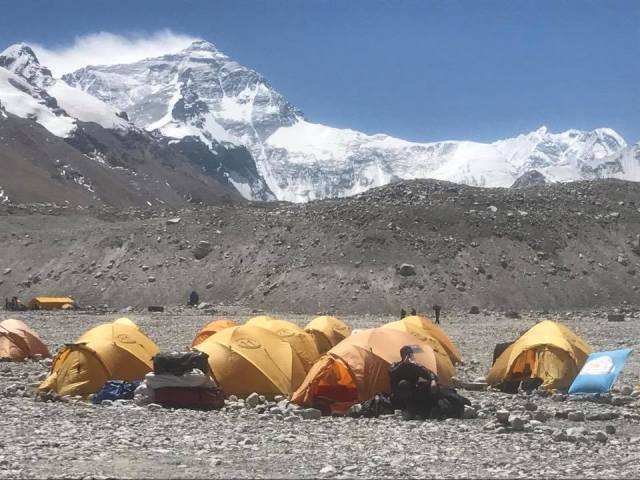
One North team that will be fun to follow is Iowans for Everest. These are a couple of guys from, wait for it, yeah – Iowa. Just to make it more interesting these cousins have the same name :).
John “Andy” Anderson and Andy Anderson’s stated goal is to be the “first Iowans to climb Mount Everest from the north side (China)” They told me
“We are climbing unguided, but are sharing logistical support (service to the summit) with a team of four Russians guys, one French lady, and one Romanian. Climbalaya (based out of Nepal) is the company we are associated with.”
Back home, Andy and John lead rock climbing/hiking/snowshoeing trips for veterans – especially those at risk for PTSD.
Their team and approach is very representative of what the Tibet side used to see. With the accelerated merchandising of the north side by commercial operators, that feeling is quickly diminishing and becoming similar to the south. It will be interesting to get the Iowans’ perspective this season.
Wrapping up the north side, the Tibetan rope fixers are now at base camp so look for the route preparations to begin soon. On the north side of Everest, a team similar to the Icefall Doctors on the south, put the fixed lines in but they go from ABC to the summit.
Next
OK, the camps are filling up, the climbers are getting settled, teams are having Pujas and the Sherpas are ferrying loads to establish the high camps. Everest 2017 is in full swing.
This next week we will hear about teams making their first entry into the Khumbu Icefall. Many will go halfway up to the Football field, a somewhat flatish are in the Icefall, before returning to base camp. Other teams will go all the way to Camp 1 or even Camp 2 and spend several nights.
Similarly on the north, some teams will make the big move to Advanced Base Camp that includes a rough night at the Interim Camp. Look for the north side to be cloaked in a veil of secrecy. For whatever reason the Chinese Mountaineering Association doesn’t like publicity around Everest. In a mysterious move, they refused entry visas to anyone who had a Pakistani stamp for longer than one month in their passport this year. Hard to understand and created significant issues for a few climbers.
First Base Camp Moments
I really like this photo of Sangeeta S Bahl. For me it captures the feeling you get as you approach base camp. You are filled with a multitude of emotions, not sure if you are more excited to begin your climb or afraid you are already there. I am reminded of my arrival in 2011.
Arrival
My last few steps into EBC brought out a mixture of feelings. “Alan, welcome.” I was surprised to have my name called out. “This is Kami, your personal Sherpa.” Anj Jangbu, one of the IMG leaders, brought us together. It was the first of many times I would look into Kami’s bright eyes, see his contagious smile and shake his warm hand.
Kami helped me find my tent and brought over my two large duffel bags. He dropped them with a plod.
I crawled into the yellow tent. There was a small mattress already there, but as I pressed on it, my decision to bring my humongous Exped air mattress was a wise decision.
I sat cross legged, my head slightly brushing the roof. My boots were neatly placed outside. A lite breeze caused the tent door to gently wave. The bright sun warmed the tent. I took off my down jacket.
A cacophony of sounds took my attention. Conversations were in Nepali, German, Italian, English, Sherpa. The energy level was high, the excitement, determination and purpose came through in their tone. I heard the hissing sounds of stoves working hard to boil water. The camp was alive.
I returned to my tasks. Slowly I unzipped my base camp duffel bag and began to pull out, one by one, each critical item. I had taken hours to pack and knew where each item was, which stuff sack, the color of each.
First was my sleeping pad, then the -20F down sleeping bag, my camp booties, my toothbrush and other essential items I would use every day, each nite and be able to quickly grab including my headlamp, a dedicated one just for my tent.
I took out my small but fluffy pillow, the one non-negotiable piece of “gear” I always brought on long expeditions. I had learned over the years, that success on the mountain begins with a good night’s sleep and a pillow is must for me. This was unabashed luxury at base camp compared to the high camps where my down jacket stuffed in a pillowcase would suffice.
As I pulled my pillow out of the duffel, the scent of laundry detergent filled the confines of the tent. I pulled it close. I pushed my face into it, deeply, with intention. I drew a deep breath. It smelled like home.
For a moment, I was transported half a world away to those most important in my life. I saw faces, heard laughter, felt love. I smiled. I took out my small picture album. I prefered having printed pictures I could hold than electronic ones on my phone.
YakWith a jolt I was brought back to the present, my attention shifting to the sound of footsteps. Big footsteps, and a bell. Again, I leaned forward for a look-see. I made eye contact with my visitor.
He was 600 pounds, covered in fur but had gentle eyes. He could have been a she, hard to tell.
The bell, a yak bell, around his neck clanged with the resonance of a well designed church bell. His job completed, his load delivered to base camp, he was meandering around camp, loose from his tether, searching for a bit of lunch. He moved on.
I did a controlled fall backwards into my tent, reestablishing my sitting position. I took a deep breath, surprised that I felt winded from a simple move in my tent. Life at 17,300 feet was revealing itself in tiny ways.
I moved over to my sleeping bag. Lying down, my head on my pillow, I closed my eyes. The breeze encouraged the prayer flags to send their message. The sounds were a confirmation that I was in Everest Base Camp. My tent would be my sanctuary, my refuge for the next month.
My mind drifted as I sunk into the down. The sounds blended together encouraging my trance. I felt at peace.
I had completed the first leg of a long journey.
Now, it was time to begin the next leg.
Source :
http://www.alanarnette.com
This blog is run by Alan Arnettte, Summit Coach, Speaker, Mountaineer

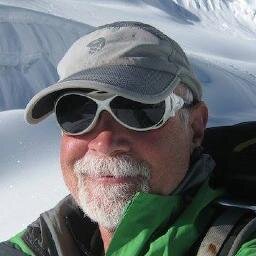 Alan Arnette
Alan Arnette
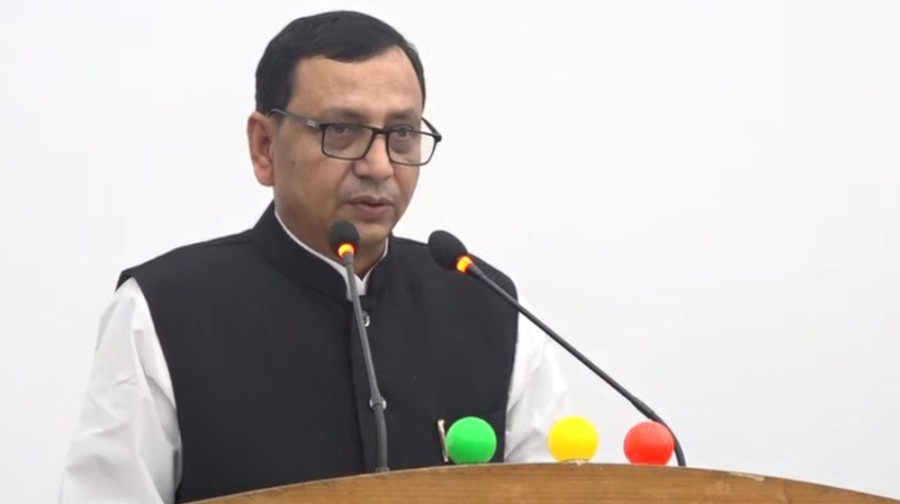
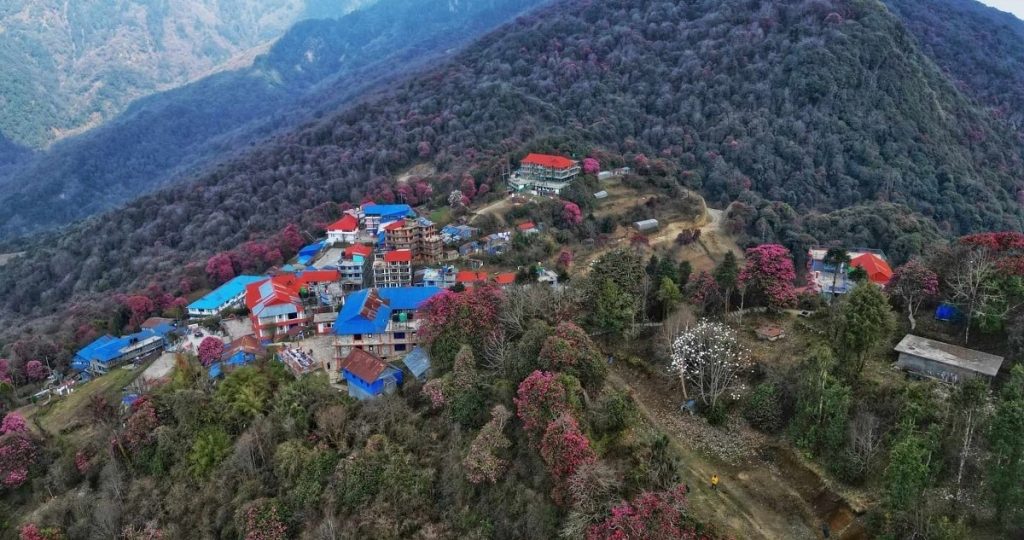
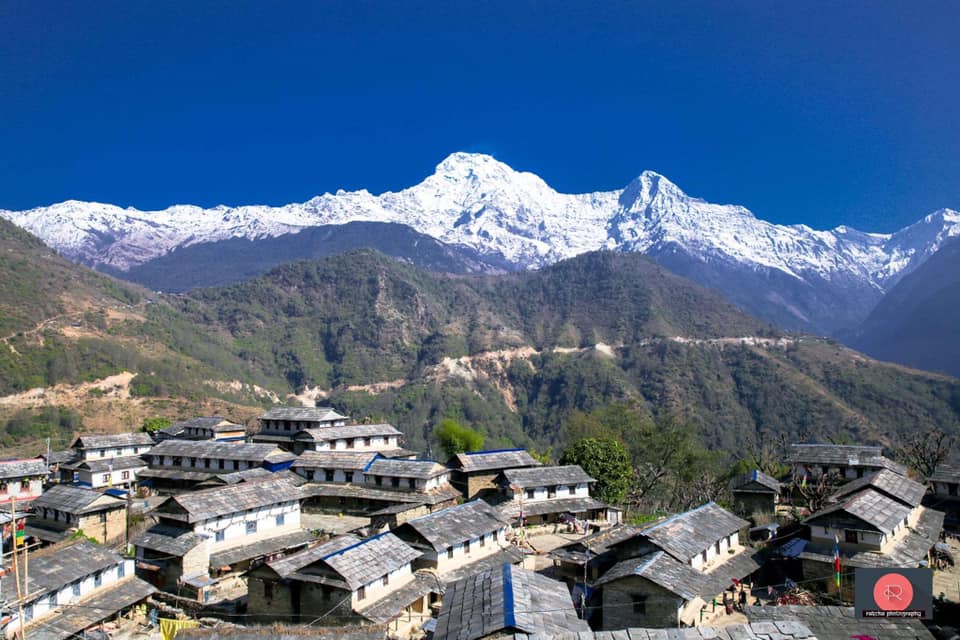

Feedback